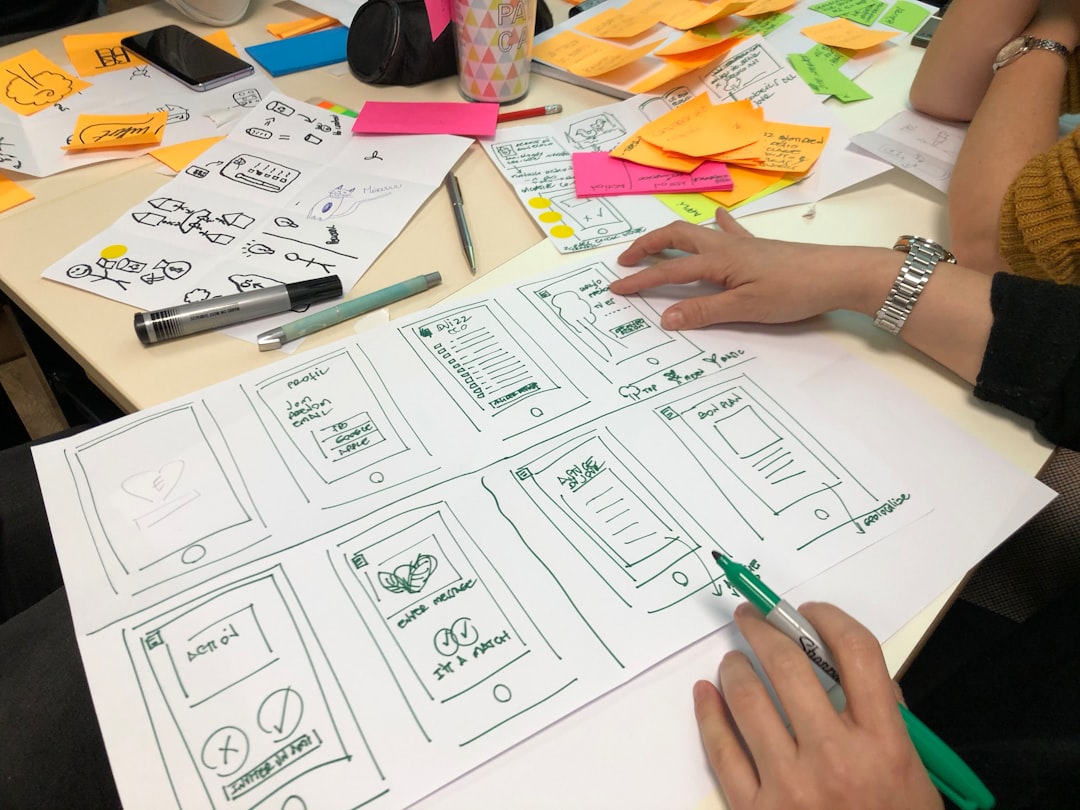What is it about?
After a baby’s birth, the placenta is delivered. The time between delivery of the baby and the placenta is called the third stage of labour. Excessive blood loss during this stage can endanger the mother’s life. Several different methods are used to decrease the amount of bleeding in the third stage of labour. Nipple stimulation either manually, using a breast pump or by encouraging the baby to suckle is one method to reduce postpartum bleeding. It can be used immediately after childbirth to increase the secretion of the hormone called ‘oxytocin’. When oxytocin is released it causes uterine contractions, which in turn can lead to reduction of postpartum bleeding.
Featured Image
Why is it important?
Most maternal deaths in developing countries related to childbirth are due to postpartum bleeding. This is preventable. This review investigated the effects of breastfeeding and nipple stimulation on bleeding during the third stage of labour.
Perspectives
There is insufficient evidence to evaluate the effectiveness of nipple stimulation for reducing bleeding during the third stage of labour and more evidence from high-quality studies is warranted. Future randomised clinical trials, with sufficient sample sizes should assess the impact of nipple stimulation in comparison to agents that stimulate the uterus such as syntometrine or oxytocin alone and report on important outcomes such as those listed in this review.
Dr Parvin Abedi
Ahvaz Jundishapur University of Medical Sciences
Read the Original
This page is a summary of: Breastfeeding or nipple stimulation for reducing postpartum haemorrhage in the third stage of labour, Cochrane Database of Systematic Reviews, January 2016, Wiley,
DOI: 10.1002/14651858.cd010845.pub2.
You can read the full text:
Contributors
The following have contributed to this page










